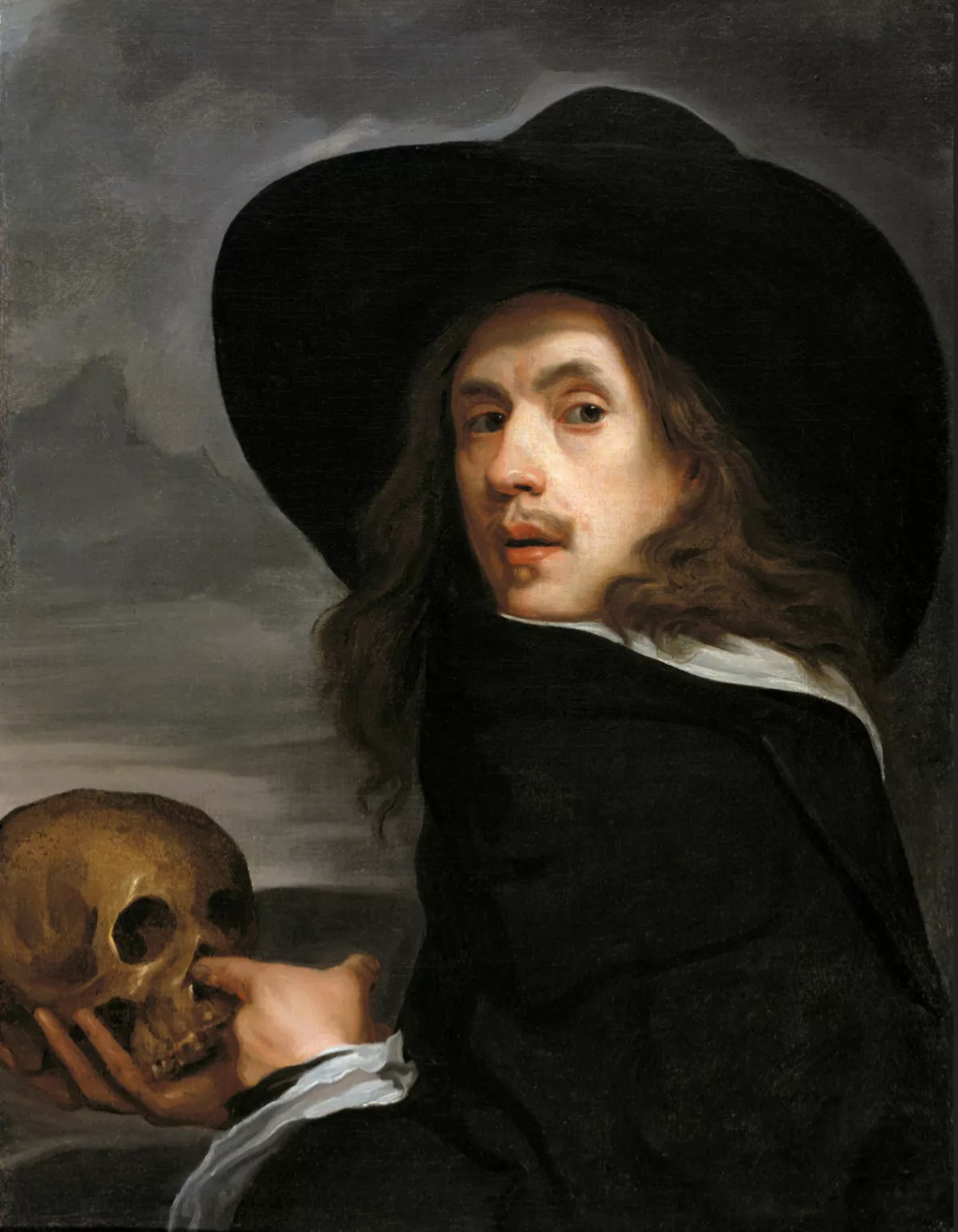 1.
1. Michiel Sweerts or Michael Sweerts was a Flemish painter and printmaker of the Baroque period, who is known for his allegorical and genre paintings, portraits and tronies.

 1.
1. Michiel Sweerts or Michael Sweerts was a Flemish painter and printmaker of the Baroque period, who is known for his allegorical and genre paintings, portraits and tronies.
Michiel Sweerts arrived in Rome in 1646 where he remained active until 1652.
In Rome, Michiel Sweerts painted genre paintings in the style of the Bamboccianti as well as a series of canvases on the activities and training of painters in their studios, attending classes or working from live models.
In 1647, Michiel Sweerts became an associate of the Accademia di San Luca, a prestigious association of leading artists in Rome.
Michiel Sweerts is recorded as having connections with members of the Congregazione Artistica dei Virtuosi al Pantheon.
Michiel Sweerts lived from 1646 to 1651 in the Via Margutta where many foreign artists resided.
Michiel Sweerts painted theatre decors for Camillo Pamphilj and purchased art for him as his agent.
Michiel Sweerts further acted for the Deutzes as an agent on the Italian art market.
Michiel Sweerts opened an academy in Brussels where his students could work after live models and the Antique.
Michiel Sweerts created a series of prints of various human expressions, which were used in the training of his students.
Michiel Sweerts joined around this time the Missions Etrangeres, a Catholic missionary organization, who were followers of Vincent de Paul and committed to proselytizing in the East.
Michiel Sweerts was a lay brother and became a devout Christian.
In 1658, Michiel Sweerts made for the Guild of Saint Luke of Brussels a self-portrait as a farewell gift.
Michiel Sweerts perhaps spent time in Amsterdam, probably as early as 1658.
Michiel Sweerts sailed for Alexandretta with bishop Francois Pallu, 7 priests and another lay brother.
Michiel Sweerts then travelled on to the Portuguese Jesuits in Goa where he is reported to have died at the age of 46.
Some of Michiel Sweerts' works were so popular in his time that contemporary copies were made, some by Michiel Sweerts himself, others by pupils or followers.
Michiel Sweerts reportedly painted compositions of Biblical subjects, several of which are mentioned in contemporary inventories.
One of his religious paintings, a Lamentation is known from the print, which Michiel Sweerts himself made after his own painting.
Michiel Sweerts is an enigmatic and difficult artist to categorise, since he absorbed a variety of influences to create an eclectic style that adapted Netherlandish genre painting to early tenebrist styles as well as blended Baroque and classicist tendencies.
Michiel Sweerts' compositions differ from those of the other Bambocciante painters by his preference for antique sculpture and the noble appearance of his often monumental figures.
Michiel Sweerts often used chiaroscuro to create a dramatic and mysterious atmosphere.
Michiel Sweerts depicted the good works in a contemporary Roman environment and incorporated topographical elements from the neighborhood in which he lived at the time.
Michiel Sweerts developed new themes such as that of the Roman wrestlers.
Michiel Sweerts painted more compositions depicting male nudes such as the Bathing men.
Michiel Sweerts was himself actively involved in art education at academies in Rome and Brussels.
Michiel Sweerts showed an interest in depicting ordinary people and exploring character and different expressions.
Michiel Sweerts prefers to show the girl as a simple maidservant without frills.
Michiel Sweerts painted a number of self-portraits and some of his portraits are regarded as being self-portraits.
Michiel Sweerts made a mirror image reproduction of this self-portrait in an etching bearing the inscription Michael Michiel Sweerts Eq.
Michiel Sweerts etched a small number of plates, 21 in total.
Michiel Sweerts engraved a series of 13 plates with a Latin title, Diversae facies in usum iuvenum et aliorum, which served as drawing models for his academy students.
The set was published in Brussels in 1656, the same year that Michiel Sweerts established a drawing academy in the city.